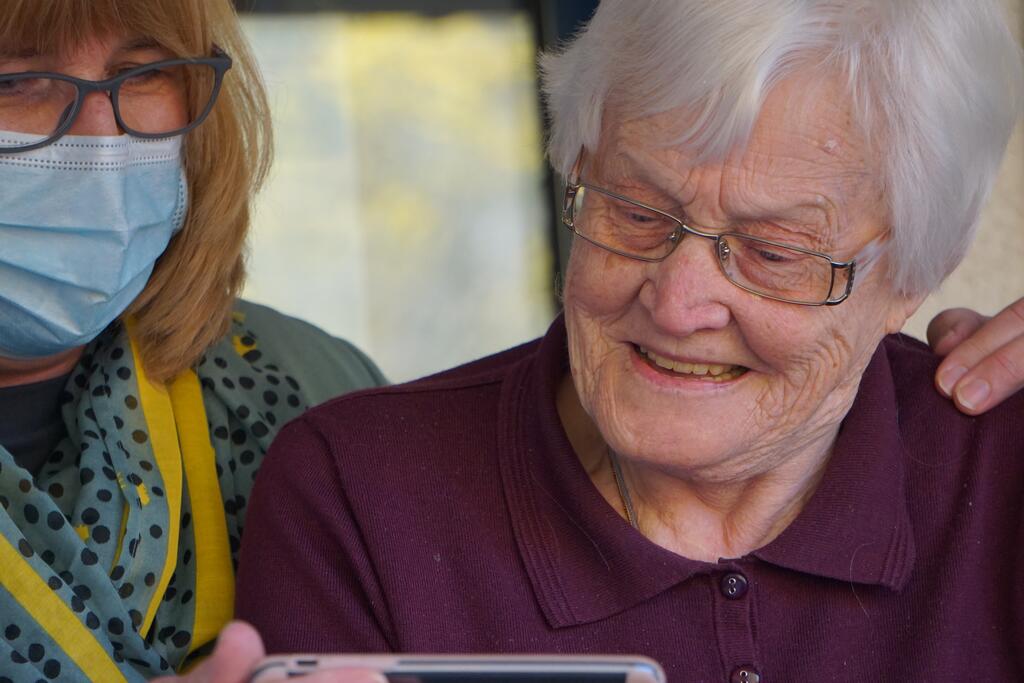Automatic fall detection improves the fall injury process for older people
The Autumn Leaves project aims to overcome one of our biggest social problems by reducing the length of the pre-hospital care process for fall injuries among the elderly and increasing its effectiveness. The Innovation Platform of Region Västra Götaland has now provided funding for the project which will start in January 2021.

Fall injuries are among the most common and most dangerous of the injuries suffered by elderly people that require urgent hospital treatment. The risk of falling increases as people grow older and is often caused by difficulties with walking and balance, ill health and medication. Many of the people who have falls live alone and may have to wait several hours for help to arrive, because it is hard for them to contact anyone.
Autumn Leaves – a focus on effective management
Providing the right care quickly is important in reducing suffering and preventing further serious consequences being caused by hip fractures and head injuries. The aim of the Autumn Leaves project is enable these cases to be handled more quickly by automatically sending an alarm and information about the fall incident to carers, a pre-hospital alarm centre and the ambulance service to ensure that the medical treatment is more effective.
- We are very pleased about the funding from the Innovation Platform, which will enable us to get started with the project. Overcoming the challenges presented by fall injuries is an important priority. The team consists of several partners working in a multidisciplinary pre-hospital research and innovation cluster, which is ideally suited to running this type of project, said Glenn Larsson, project leader at PICTA and Sahlgrenska University Hospital ambulance service.
Existing solutions are not reliable
The current solutions include safety alarms and smart clocks that can be used to alert carers or relatives. However, these do not allow the best possible medical care to be provided as quickly as necessary. What is needed is a direct connection between home care, health care, alarm management and the ambulance service, with more detailed information about the incident and more specific medical and care information, together with a clearly defined alarm management and care chain.
Focus on fast, safe decision-making
Therefore, the project plans to begin work on creating an integrated information service and a decision support function for the alarm centre and ambulance service. This will be based on information from different sources, including fall sensors in the home and medical record systems that can be integrated into the alarm chain. The project team will test how information can be collected, integrated and used with the aim of developing a care chain that can make faster and safer decisions when a fall injury has occurred.
About the project
- Project name: Autumn Leaves
- Period: January to December 2021
- Grant funding: SEK 500,000
- Project partners: PICTA (coordination and distribution of results), Sahlgrenska University Hospital ambulance service, SvLC, PreHospen, Chalmers University of Technology
